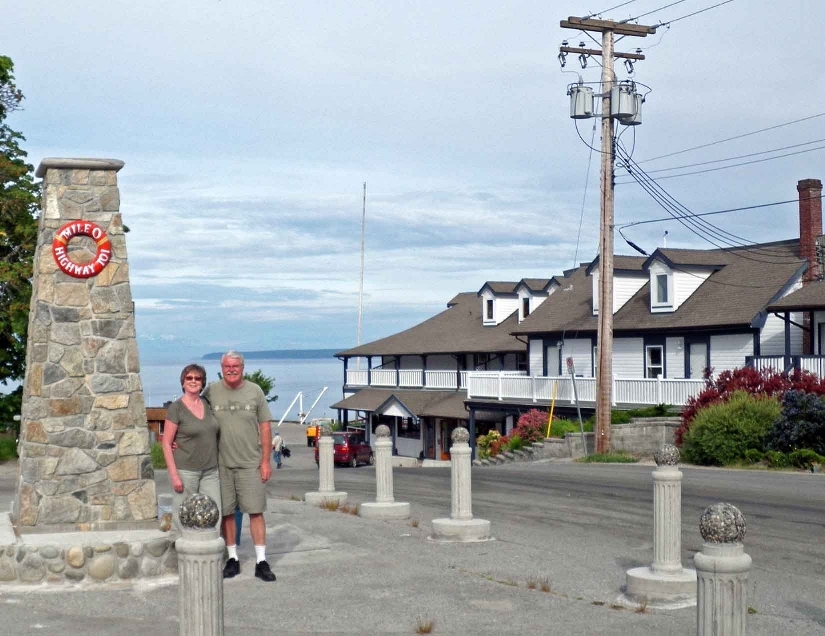 by Rick Millikan
by Rick Millikan
Hugging the coast from California to Washington, Highway 101 re-emerges north of Vancouver and continues along two spectacular projections of land. We’re eager to explore the northernmost Malaspina Peninsula on this famed highway.
After a spectacular ferry ride through Jervis Inlet, one of many fjords in this region, we disembark at Saltery Bay. Entering its nearby Provincial Park, we walk to its rocky shoreline and crystal clear cove imagining the three-meter bronze mermaid in offshore depths welcoming ardent scuba divers. Here and at 18 other local sites, flippered folk commune with octopi, wolf eels, red snapper, sea bass, sea lions and other finny friends.
Driving onward, often glimpsing picture-perfect panoramas of Malaspina Strait, we sweep into Powell River past blackberry-hedged homes, waterfront businesses and beachside Willingdon Park, we stop where Powell River began. Now celebrating its centennial, the original town site stretches above the pulp mill. Arts-and-crafts homes still boast large front porches, built to promote neighborliness. One of Canada’s longest continually running theatres stands beside a heritage garden. Though law-abiding, we lunch at Jailhouse Café.
Among nearby trails, several originate in the city’s northern lake area. The old-growth forest landscape around Powell, Inland and Confederation Lakes provides splendid hikes. There’s a moderate 12-km round-trip hike looping around Mount Mahoney to Confederation Lake. Inland Lake trail is so well constructed that it won a provincial handicap-access award. Taking a brisk 13-km hike around peaceful Inland Lake surrounded in shady cottonwoods, we return ready for crab night on the arresting terrace at the vintage Tudor-style courthouse.
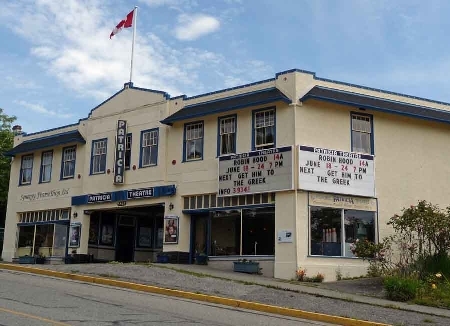 Beyond Powell Lake, Highway 101 winds through Wildwood, once settled by Italians and Sliammon, a Coast Salish community and on through a large swath of secondary forest. Ultimately, the road snakes downward into Lund, where a stone monument touts its end!
Beyond Powell Lake, Highway 101 winds through Wildwood, once settled by Italians and Sliammon, a Coast Salish community and on through a large swath of secondary forest. Ultimately, the road snakes downward into Lund, where a stone monument touts its end!
Century-old Lund Hotel, one of two hotels built by Fred and Charlie Thurin, reflects this town’s beginnings and aspirations. Arriving in 1889, these brothers named this settlement after a Swedish city and attracted countrymen to farm nearby. Comfortably refurbished, this 1905 hotel reveals the region’s fine artistry. Hallways sport aboriginal stylized salmon; room murals depict west coast scenes. Understanding the artist owns a gallery downstairs, we pop in for a chat as she meticulously sculpts realistic animals from soapstone.
At the busy harbour’s edge, a water taxi office arranges shuttles to outlying islands; Nancy’s Bakery offers patio tables for sampling aromatic goodies including scrumptious cinnamon buns. Its boardwalk links a semicircle of craft stores, eateries and outdoor sport shops renting kayaks for paddling Desolation Sound, B.C.’s largest and oldest marine park. If neither sailor nor kayaker, Lund Hotel schedules weekly cruises on Swan Spirit. Our walk continues up a stairs along a well-marked route encircling this charming town filled with creative artisans.
Just outside Lund, a huge log identifies Hurtado trailhead where we’re inspired us to amble through prime B.C. rainforest. Overhead, whispy strands of moss drape hemlock and fir branches. Insecurely rooted in this rocky terrain, evergreens often become windfall victims. We see ferns, colorful mushrooms and velvety green moss now covering decaying logs “nursing” future trees. Several orange tiger lilies bloom in dappled sunlight.
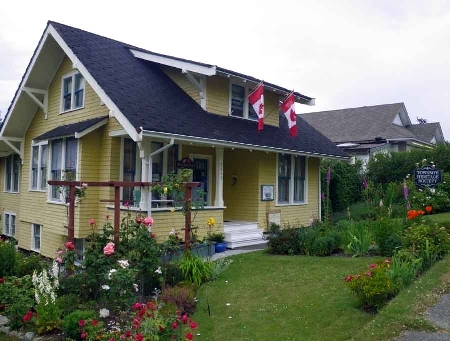 The trail skirts low-lying, poorly drained areas where skunk cabbages thrive and in springtime exude pungent perfume from yellow blossoms. Winding upward through leathery-leaved salal, we arrive on a rock bluff surrounded by coppery-barked arbutus. Here we gaze across beautiful sparkling waters, with Savary Island’s wide sandy beaches front and center. There, long sunny days and shallows produce the warmest swimming conditions north of Mexico! Our next getaway along Highway 101 may end with this Savary twist!
The trail skirts low-lying, poorly drained areas where skunk cabbages thrive and in springtime exude pungent perfume from yellow blossoms. Winding upward through leathery-leaved salal, we arrive on a rock bluff surrounded by coppery-barked arbutus. Here we gaze across beautiful sparkling waters, with Savary Island’s wide sandy beaches front and center. There, long sunny days and shallows produce the warmest swimming conditions north of Mexico! Our next getaway along Highway 101 may end with this Savary twist!
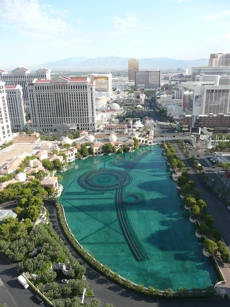 Article & photos by Lenora A. Hayman
Article & photos by Lenora A. Hayman Red barrel cacti were flourishing amongst the rocks. Although their water makes you ill, the Indians hollowed them out, creating cooking pots and used the spines as needles.
Red barrel cacti were flourishing amongst the rocks. Although their water makes you ill, the Indians hollowed them out, creating cooking pots and used the spines as needles.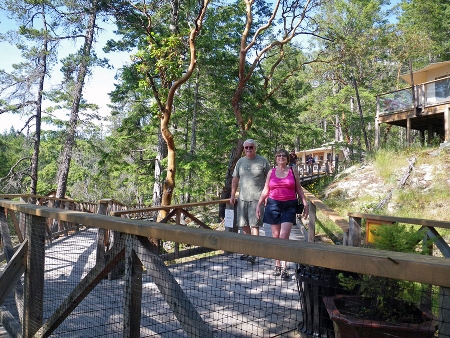
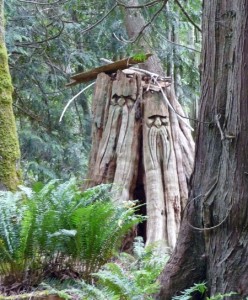
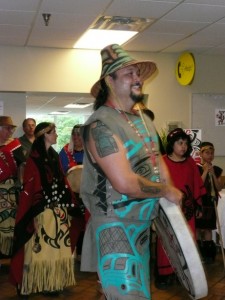
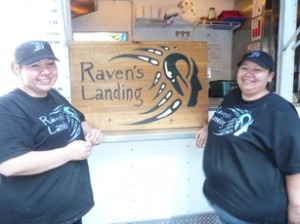
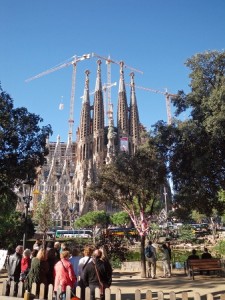 At the turn of the 20th-century, Antonio Gaudi and other Catalan architects created inventive, fanciful and flamboyant structures in Barcelona. Before cruising to other southern European ports aboard the Nieuw Amsterdam, we ramble among these glorious legacies.
At the turn of the 20th-century, Antonio Gaudi and other Catalan architects created inventive, fanciful and flamboyant structures in Barcelona. Before cruising to other southern European ports aboard the Nieuw Amsterdam, we ramble among these glorious legacies.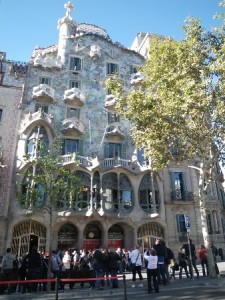 Southward, Casa Calvet was built a few blocks off La Rambla for textile manufacturer Pere Calvet. Gaudi’s most conventional house and the only one of his designs receiving an award: Barcelona’s Building of the Year in 1900. According to scholars, such symmetry, balance and order are unusual in his plans.
Southward, Casa Calvet was built a few blocks off La Rambla for textile manufacturer Pere Calvet. Gaudi’s most conventional house and the only one of his designs receiving an award: Barcelona’s Building of the Year in 1900. According to scholars, such symmetry, balance and order are unusual in his plans.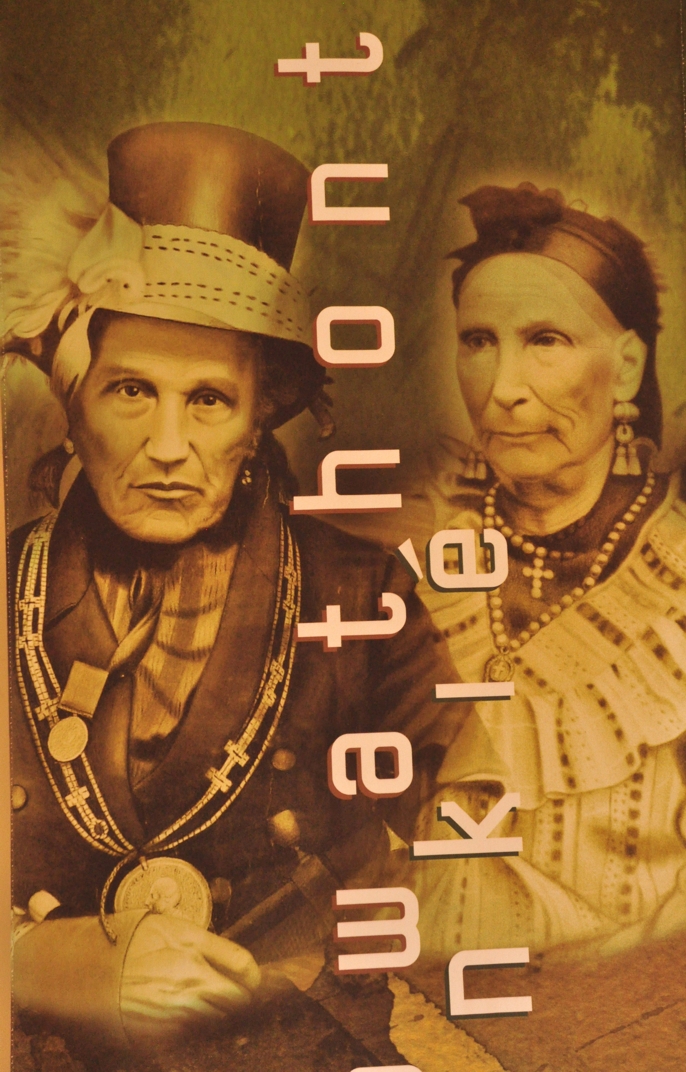 the reception level of the four-star First Nations Hotel-Museum.
the reception level of the four-star First Nations Hotel-Museum. While my heart is with my children and grandsons on the other side of this great land, the history and determination of a people who have proudly overcome much adversity touches me. Since motherhood is synonymous with birth, teaching, and strength, Wendake seems an appropriate place to celebrate Mother’s Day.
While my heart is with my children and grandsons on the other side of this great land, the history and determination of a people who have proudly overcome much adversity touches me. Since motherhood is synonymous with birth, teaching, and strength, Wendake seems an appropriate place to celebrate Mother’s Day.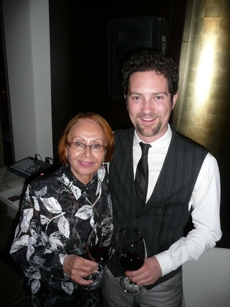 The Telmo Rodriguez “Basa” Vino Blanco, Rueda 2009, a white wine with grapefruit and green apple overtones, paired well with the Entrefino sheep’s milk Manchego cheese which was nutty and buttery.
The Telmo Rodriguez “Basa” Vino Blanco, Rueda 2009, a white wine with grapefruit and green apple overtones, paired well with the Entrefino sheep’s milk Manchego cheese which was nutty and buttery.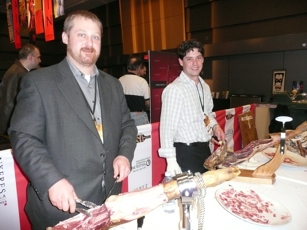 With our smoked sockeye salmon, mushroom vin blanc and sweet pea ravioli, we tried both the 2008 Louis M.Martini Sonoma County Cabernet Sauvignon with soft tannins, cherry and blackberry, and the 2007 Louis M. Martini Napa Valley Cabernet Sauvignon with velvety tannins and jammy flavours of ripe plum and bing cherries, proving that red wines can be paired with fish.
With our smoked sockeye salmon, mushroom vin blanc and sweet pea ravioli, we tried both the 2008 Louis M.Martini Sonoma County Cabernet Sauvignon with soft tannins, cherry and blackberry, and the 2007 Louis M. Martini Napa Valley Cabernet Sauvignon with velvety tannins and jammy flavours of ripe plum and bing cherries, proving that red wines can be paired with fish.